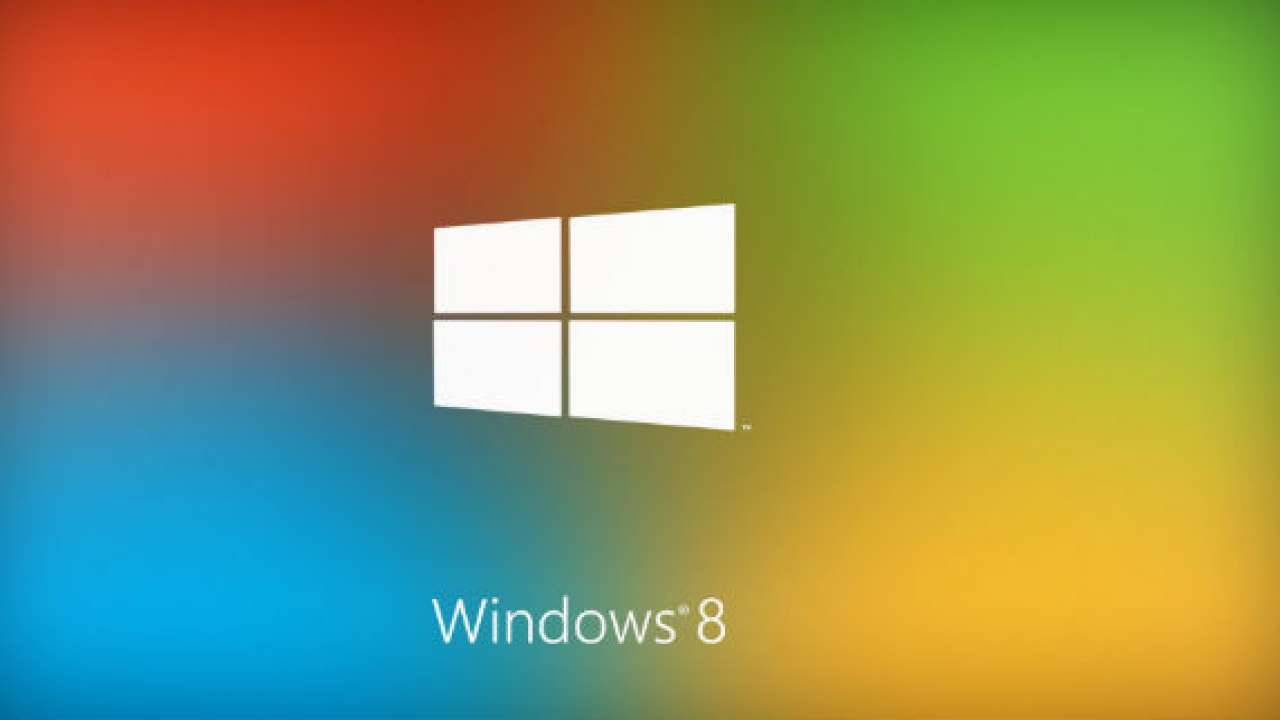Microsoft was wrong with Windows 8, and it'll be wrong with 8.1

Windows 8 was released just a little over a year ago, on August 1, 2012. It replaced Windows 7, an operating system that, to many, was Microsoft’s best work since XP. Did Windows 7 need to be replaced just three years into its life? It’s debatable, but in an attempt to respond to the growing number of iPads and Android tablets eating into PC market share, Microsoft decided its answer would be an operating system that married the classic Windows interface with a “Metro” touch-screen OS.
Looking at PC sales over the past year, and especially at the reception to Microsoft’s Surface line of tablets, it’s clear that not everyone has bought into Microsoft’s approach. The good news is the company isn’t totally ignorant of that fact. At an employee town hall, CEO Steve Ballmer acknowledged that the company produced more Surface tablets than it could sell. He also expressed disappointment in Windows sales. And the company has made attempts to jump start Surface RT sales by dropping the price $150 — writing off $900 million to do so.
But the company really seems to be hoping that its in-preview update, Windows 8.1, can turn the skeptics into believers. The problem is, Windows 8.1 doesn’t fix the underlying issue with Windows 8. Sure, it brings back a start button. And, yeah, you can boot into the classic desktop if you want. But at the end of the day, Windows 8.1 is still a frankenstein creation — pieces of Windows 7 sewn to a full-screen “Start” page, live tiles and the side-scrolling Metro navigation.
You can configure the Start page and your classic desktop to have the same background, but in my experience, that didn’t make the act of opening a classic app any less jarring. And for every app that is built for the Metro interface, there are a dozen that aren’t. So if you’re on a laptop, even if it has a touchscreen, you might ask yourself: what’s the point?
It’s probably the same question developers are asking. It must seem pointless to develop for the Metro interface when Windows tablets aren’t selling well and most of a user’s time is spent in a traditional desktop environment. And the worst part is that Windows tablet sales and developer support are highly connected, and one needs to be happen for the other to have a shot. But as long as one flounders, so will the other, and it really comes down to the fact that Microsoft was wrong about what people wanted in a tablet.
A brief glance into the past, back when tablets ran full versions of Windows, should have reminded Microsoft that tablets of that era failed to take off for a reason. A look at today’s successful tablets, such as the iPad and Android devices, should have shown Microsoft that a simple, touch-first interface is the key. But Microsoft again tried to cram a full-blown Windows operating system into tablets and then slapped on a touch-optimized “Start” page, and added a completely different interface for touch applications, to boot.
Microsoft’s mistake with Windows 8 was that it tried to converge its classic desktop with a touch interface too quickly. The company talked itself into believing that people felt limited by iOS and Android. That marriage of the Windows desktop and the Metro interface is an unhappy one, and that’s nothing that a new Start button or other small tweaks can fix.